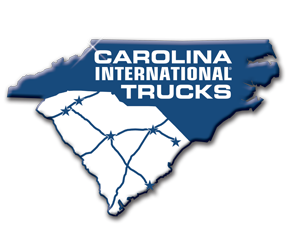The Truck Driving Shortage
You've heard about the truck driving shortage in the U.S. The numbers are, in fact, rather astounding: in the second quarter of 2018, there were more than 296,000 drivers less than what the industry needs, according to an August report from Fortune. But how did the industry get in such a tight spot?
New Rules in 2004
The current truck driving shortage actually began in 2004, Fortune reported, when new federal rules changed the way an 11 hour workday was calculated. Because drivers had to work fewer hours, more drivers were needed to cover routes.
Catching Up During the Recession
The great recession, starting in late 2007, allowed the industry to catch up somewhat. As described in an article from NPR, the struggling economy caused freight volumes to drop. However, the respite ended with improved economic conditions in 2011 and the industry has been playing catch-up ever since.

Aging Drivers
NPR attributes some of the problems with the driver shortage to an aging driver population. As of 2018, the average age of a truck driver is 55 years old -- about ten years older than the average age in comparable industries such as manufacturing and construction. Only 20 percent of the truck driver population is in the 20-34 year old age bracket, Fortune adds, which compares to 30 percent of the construction workers in that demographic. The industry is not accessible to new high school graduates, due to rules that require a driver to be 21 in order to cross state lines.
Addressing the Issue
The industry has attempted to address the problem of driver shortage in a number of ways. According to NPR, many companies have increased their wages in order to make up for lost hours due to the 2004 ruling as well as a subsequent ruling, in December, 2017, requiring electronic logs to record a driver's hours. The industry is also promoting job opportunities to targeted areas of the population, including veterans and women, a commentary from Auto Remarketing notes. Other ideas for upping the number of truck drivers include incentivizing companies to promote a better work-life balance, and promoting new technologies for younger drivers.
For more information about the truck driving industry, check back here. For further information about our inventory and services, contact us.

